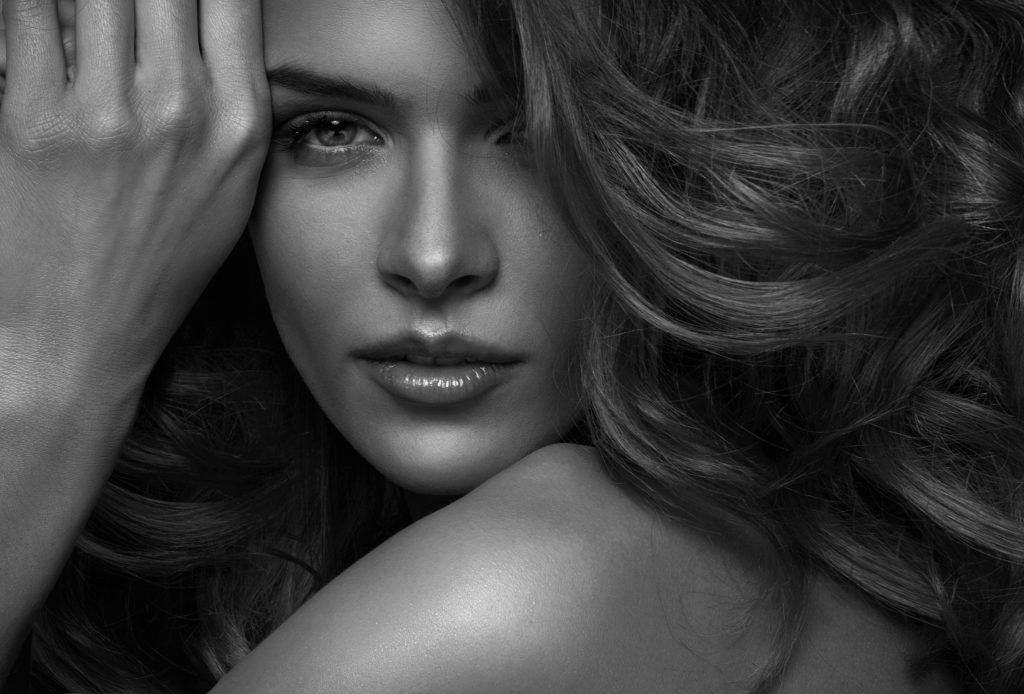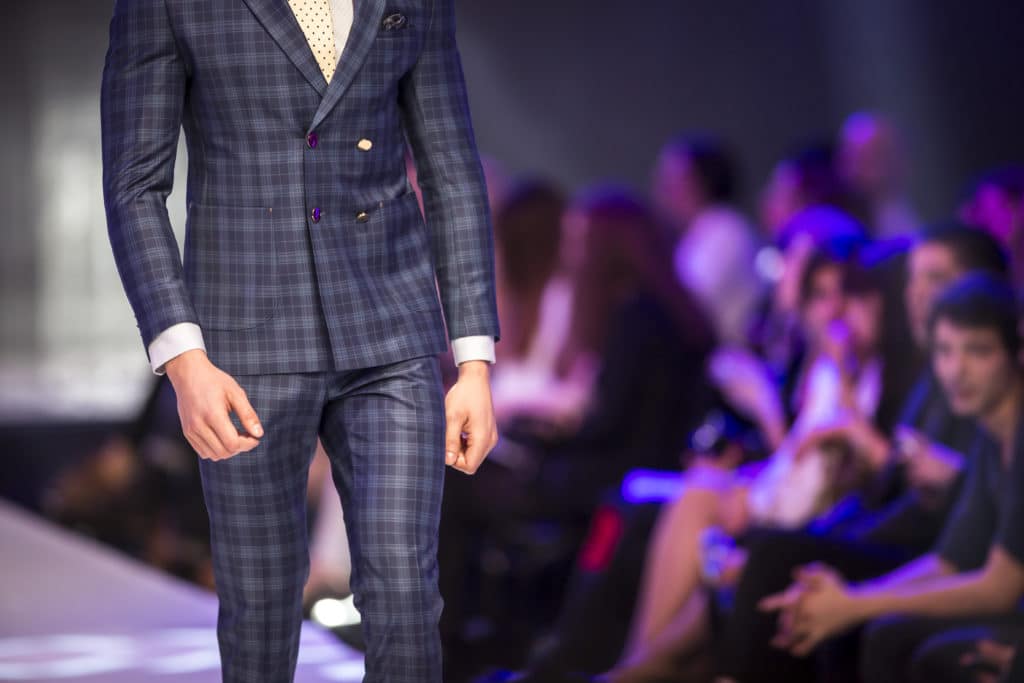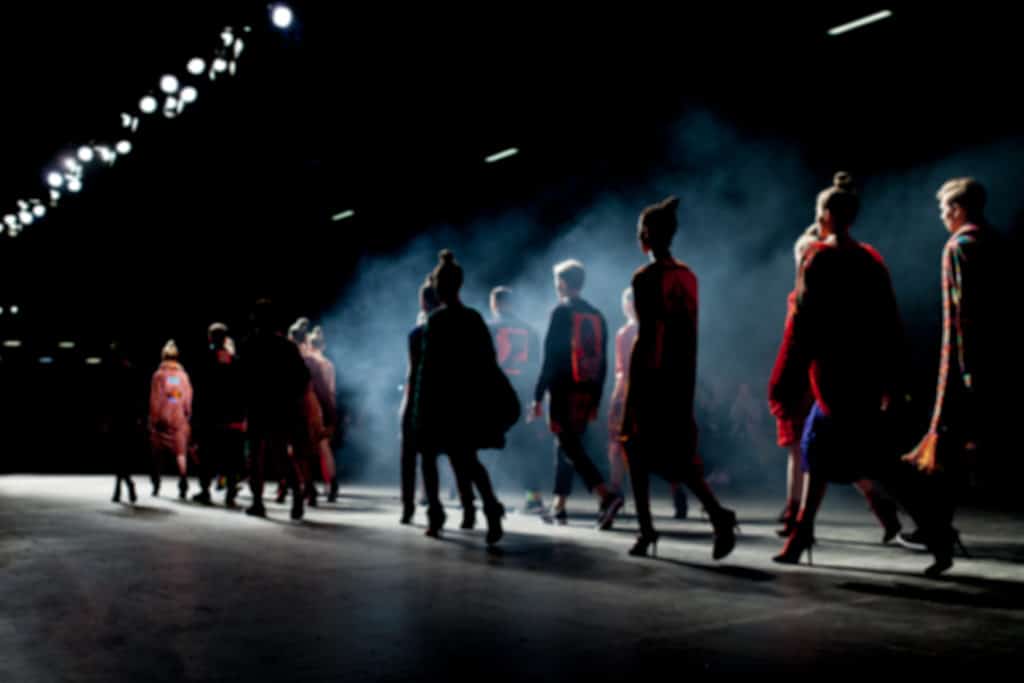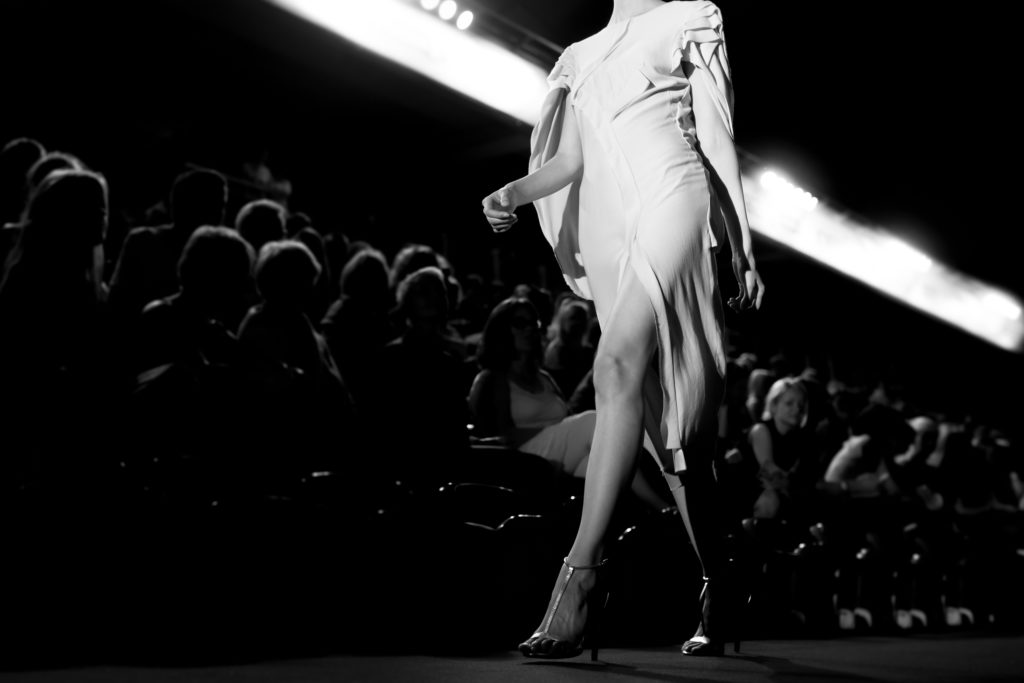Models Vs Supermodels

The depiction of a model (and a supermodel) has changed hugely. Regular models were introduced in the mid-1800’s. In the past, mannequins were used to showcase clothing to customers. It wasn’t until English fashion designer Charles Frederick Worth asked his wife to model his designs in 1850 that modelling first hit the mainstream. The idea of people modelling clothing quickly became popular and models were soon being used in the biggest fashion houses.
In 1946, the world’s first modelling agency – Ford Models – was introduced. Back them, photographers played a huge role in defining the success of a model; they didn’t have popular culture to rely on.
It wasn’t until the 50’s that ‘big name’ models really began to appear. Marilyn Monroe started her career as a model before moving into show business.
Today, modelling is one of the most popular career paths young people want to follow; with the glamour, travel and fashion involved, it’s easy to see why modelling interests so many people. And no modelling job is thought to be more coveted than super modelling.
But what is the difference between a model and a supermodel?
Models vs. Supermodels: What’s the Difference?
There is no set definition for a supermodel, but it is generally related to wealth and fame. Supermodels earn huge amounts of money and are household names, whereas normal models are more able to live their lives day to day without being chased in the street by paparazzi or mobs of fans.
To understand what a supermodel is (or does), it helps to understand the history of the supermodel.
The History of the Supermodel
Janice Dickenson famously coined the term ‘supermodel’ in 1979, but there is still some debate as to who the first supermodel was. Lisa Fonssagrives (1930’s), Jean Shrimpton (1960’s) and Gia Carangi (1970’s) have all been deemed to be the world’s first supermodels.
While they all come from different decades, they have several things in common; they were highly paid, very sought-after and incredibly famous. They were also trend-setters and graced the covers of multiple magazines, including Vogue.
However, these models were not the norm and it wasn’t until the 90’s that the word supermodel became commonplace. The 90’s saw a plethora of leggy models hit the mainstream. Naomi Campbell, Kate Moss and Claudia Schiffer all became well-known faces in the fashion world. Their popularity took modelling to new heights and shaped the look that we still today come to associate with the word supermodel.
Are There Male Supermodels?

When you think of the word supermodel, you will likely think of the top female models around. It is unlikely you will be able to think of a male supermodel – and it is thought that celebrity culture is to blame.
Celebrities like David Beckham are far more likely to be cast as the face of a cosmetics brand. While men are still used on the runway, they are no longer seen as muses.
We did have male supermodels in the past. In the 70’s and 80’s, names like Michael Schoeffling and Barry Kaufman would have been as well-known as Linda Evangelista and Christy Turlington.
But magazines are far more likely to put a male celebrity on the cover of their magazine instead of a male model because male models have not had the time to grow like they once did. As well as this, male models are failing to use social media to the same effect as female models, so they are not as well known or recognisable.
Unfortunately, this is the consumers – our – fault. We are not seeing men become supermodels anymore because we are not giving them the space to become them. We want everything to be bigger, faster and newer. Male models are no longer able to bring the same attention and revenue that male celebrities can.
The rise of social media also means that photographers are becoming less important. Before, a model could not become famous without the backing of some industry photographers. Now, anyone with a decent smartphone can take high-quality images of themselves – Bella Hadid famously took camera photos of herself during the Coronavirus lockdown which featured in Vogue.
Of course, there are some amazing and successful male models out there that could be deemed supermodels (Jon Kortajarena and Jordan Barrett are examples). But without the coverage that female models receive, they are unlikely to reach the same heights of success.
The Modern Supermodel
Today, modelling continues to change. Even compared to the 90’s, supermodels are considered to be very different. Popular 90’s supermodel Claudia Schiffer even stated, “In order to become a supermodel one must be on all the covers all over the world at the same time so that people can recognise the girls. That is, for now, not possible, not least because the advertising industry is very much taken nowadays by popstars and actresses. Supermodels like we once were don’t exist any more.”
Of course, this is not a new concept; in the 50’s those deemed to be the most popular models were generally singers or actresses. But the new wave of ‘Instagram models’ has changed the scene dramatically. Those with large followings on social media are making huge amounts of money. Kendall Jenner is one of the highest-paying supermodels today; she reportedly makes $16 million a year solely through her Instagram account. Regular models are using social media to push their success into the supermodel realm, and supermodels are using it to push their fame and fortune to dizzying new heights.
And you don’t even have to be a regular model to become an Instagram model. Normal people have become models purely through the social media app. Modelling agencies are even using social media apps like Instagram to scout the next best thing.

How to Become a Supermodel
It’s a question in everybody’s minds; how do you actually become a supermodel? The answer, unfortunately, is not a simple one.
Most supermodels did not set out to become supermodels. They began as regular models or, in most cases, were in the right place at the right time. Most supermodels, when asked, say they were scouted in a shopping centre or an airport. They have succeeded purely on having the right looks and being in the right place to be seen by the right people.
Other models have worked harder to become successful. They began as catalogue models or something similar, honing their skills in front of the camera. Creating a portfolio is one of the best ways to be seen, and working with as many brands as possible to showcase your talents is one of the best ways to be noticed.
The sad reality is that a very, very small proportion of the world makes it as a supermodel. It is usually with a combination of genes, business savviness and sheer luck that they become as successful as they do.
There are some things you can do to give yourself the best possible chance of becoming a supermodel:
- Start young. A lot of supermodels begin modelling at a very young age. This means having your parents on board and having a lot of support – knock-backs are a reality for anyone in the fashion industry and it’s important you remain strong and confident if you want to succeed.
- Dress well, no matter where you’re going. You never know when you could be spotted. If you’re off to the shops, be mindful of what you wear. You don’t have to dress up to the nine’s. A simple t-shirt and jeans combo always looks great. Make sure you clothing fits you well and that you put time into a hair and skincare regime to make the most of your appearance.
- Create a portfolio. Practising in front of a camera and having a great selection of photos is a key way to get noticed.
- Build your social media following. Remember, whatever you post here can be seen by everyone, so make sure you have a clear idea of how you wished to be seen by others before you start posting.
- Apply to modelling agencies. Don’t be disheartened if you get rejected – many models do! There are plenty out there, so do your research and find which ones you like the look of most. See if you can find reviews and interviews from people who have worked with them. You want to be sure you like their company ethos and that they treat their employees well. Prepare for the casting call to give yourself the best chance of being accepted.
Remember – nearly all models have some sort of fall-back plan. There are very few models who have put all their eggs into the modelling basket. Gigi Hadid took a break from modelling to finish school, Cara Delevigne started acting, Miranda Kerr started her own skincare line, Victoria’s Secret model Karlie Kloss learnt to code… even the most successful models realise that modelling does not have to be their only vice.

Requirements for the Stereotypical Supermodel
Whilst models can come in all shapes and sizes, the requirements of a supermodel are far stricter. There is no set definition for what a supermodel must look like, but if you Google famous supermodels they all have a similar appearance. It is said that people who fit the requirements of a supermodel make up roughly around 1% of the population as a whole. This means that they have won the genetics lottery as things like height and body shape are not possible to change.
The typical supermodel has:
- Great genetics. This means they are usually over 5”8 and have naturally slender frames with long legs.
- A fresh look. Unfortunately, there’s no way to pin-point exactly what this is, but it generally involves having a well-balanced and attractive face. This doesn’t have to mean perfection – many models have gap teeth or heavy brows and these are considered to be their key features (think Cara Delevigne or Georgia Jagger). Sometimes, quirky aspects of a face are what catches the eye of a modelling agency.
- Confidence. Supermodels are good at business and excellent with people. They need to be in order to leave a positive impression and be remembered.
- Hard-working. Supermodels work long hours and often have to travel a lot, so they are naturally hard-working people.
- “Perfect” measurements. Most of us can’t achieve what is deemed to be the ideal supermodel measurements because our bodies are simply not made that way (this is why there are so few supermodels). Supermodels generally have bust, waist and hip measurements between 32 – 36 inches, 22 – 26 inches, and 33 – 35 inches. Even with a great diet and exercise regime, these types of measurements are mostly reliant on good genes.
Who Are the 5 Most Successful Female Supermodels?
The most famous 90’s supermodels are:
- Linda Evangelista
- Claudia Schiffer
- Naomi Campbell
- Kate Moss
- Cindy Crawford
The most famous supermodels today are:
- Kaia Gerber (Cindy Crawford’s daughter)
- Kendall Jenner
- Bella Hadid
- Gigi Hadid
- Cara Delevingne
Victoria’s Secret models like Adriana Lima and Candice Swanepoel are also the most well-known supermodels of today; as a brand, they are one of the top few who famously hire the notoriously rare women who look like the a-typical supermodel.
As you can see, the main difference between supermodels in the 90’s and today is that the people we consider to be supermodels today all have a huge social media following. This means they don’t necessarily have to work as hard as the 90’s supermodels did for exposure as they are able to do it themselves. Back then, competition to feature on the front of magazines would have been high and it was more important to be seen at shows and on runways. They didn’t have social media to market themselves, unlike the supermodels of today.
While becoming a supermodel is not impossible, it is incredibly difficult. If you dream of becoming a supermodel, it is important to be realistic – many, many people will not make it. However, becoming a model is very achievable and has many of the same perks.